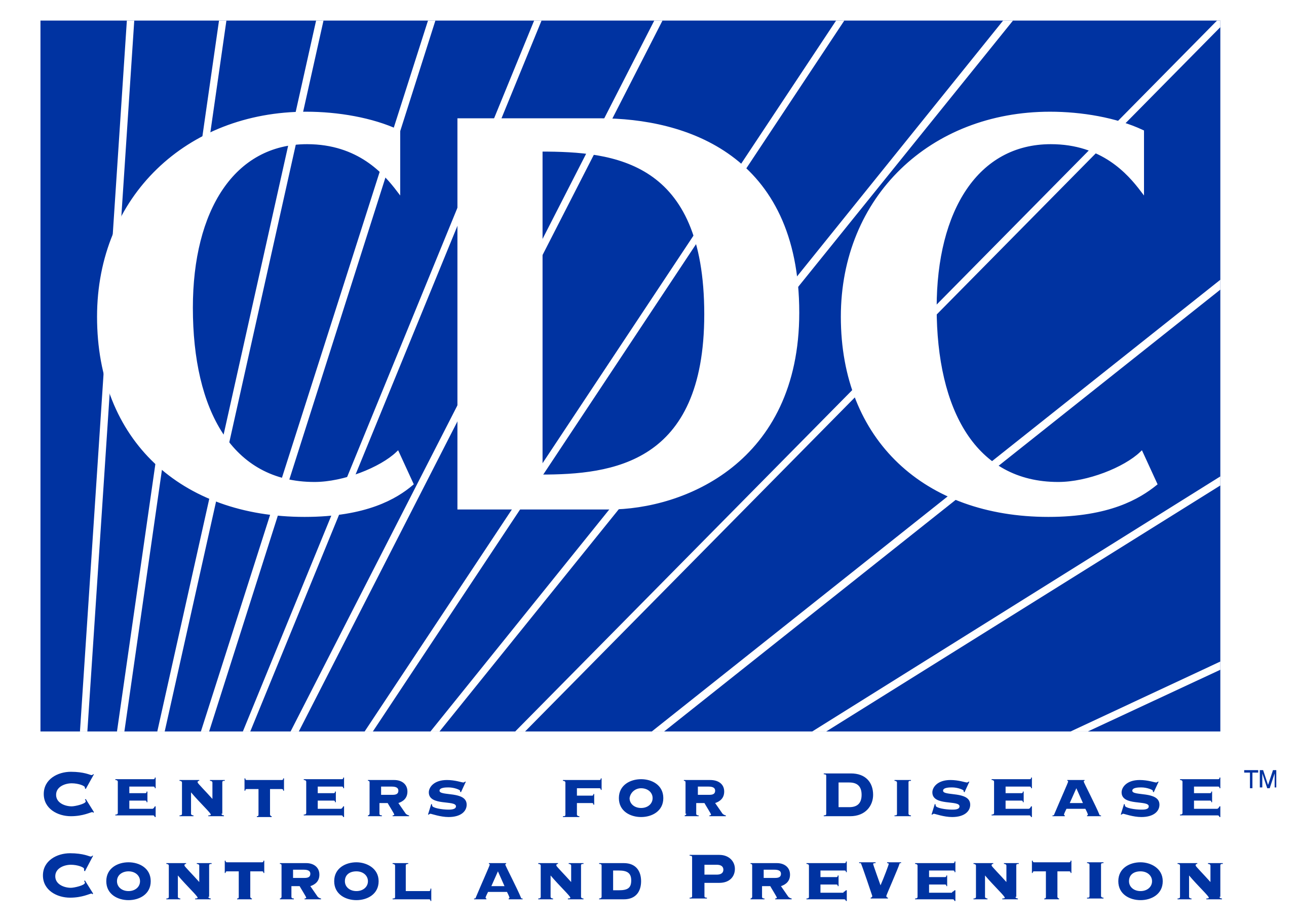Article
Black and Hispanic Women had Significant Rise in Maternal Mortality in 2020
Author(s):
The risk of death during, or shortly after pregnancy, was almost 3 times higher for Black women than for White women. Risk increased with age resulting in Black women 40 or over making up the majority of maternal deaths in 2020.

During the first year of the pandemic, the amount of women who died during pregnancy, or shortly after giving birth, escalated. Prior to this, the US already had a higher maternal mortality rate than many developed countries.
The maternal mortality rate in 2018 was 17 deaths for every 100,000 live births in the US. That year, the rates in the Netherlands, Norway, and New Zealand were 3 deaths or fewer per every 100,000 live births.
The number of maternal deaths increased 14% in 2020 compared to the year before. According to the National Center for Health Statistics (NCHS), the number of maternal deaths went from 754 in 2019, to 861 in 2020.
The maternal mortality rate in 2019 was 20.1 deaths per 100,000 live births. In 2020, that number changed to 23.8 deaths. This increase was significant among non-Hispanic Black women and Hispanic women, who were already more likely to die during pregnancy than non-Hispanic White women.
Racial Disparities in Maternal Death Rates
The World Health Orginization (WHO) defines a maternal death as "the death of a woman while pregnant or within 42 days of termination of pregnancy, irrespective of the duration and the site of the pregnancy, but not from accidental or incidental causes."
While the observed increase in deaths of Black and Hispanic women from 2019-2020 were significant, the increase for White women was not. The maternal mortality rate for white women rose to 19.1 deaths per 100,000 live births from 17.9 deaths in 2019 and 14.9 deaths in 2018.
Black women were almost 3 times more likely than White women to die during pregnancy in 2020. The rate for Black women increased to a shocking 55.3 the same year. These rates had been increasing for at least 2 years. Black women had a maternal mortality rate of 37.3 and 44 in 2018 and 2019, respectively.
Hispanic women have a lower maternal mortality rate than Black and White women, but the increase in this population during the first year of the pandemic was significant with a rate of 11.8 and 12.6 deaths in 2018 and 2019 compared with 18.2 deaths per 100,000 live births in 2020.
Maternal Age and Mortality Risk
Overall, the risk of maternal death increased with age. The variation between age groups was significant. Among age groups, a significant increase from 2019-2020 was observed in women aged 25-39 and women 40 years or older.
In 2020, the rate for women under 25 years of age was 13.8 per 100,000 live births. Women between the ages of 25-39 showed a rate of 22.8.
The rate for women who are 40 or older is about 8 times higher, with 107.9 deaths per 100,000 live births, than the rate of women under the age of 25.
Within the eldest group of women, Hispanic women had the lowest mortality rate of 86 deaths per 100,000 live births. White women had a rate of 96.8. And in stark contrast, the maternal mortality rate for Black women 40 years or older was 263.1 deaths for every 100,000 live births.
Even though Black Americans make up approximately 13% of the population, a third of the women who died in 2020 during pregnancy or shortly after were Black.
Some healthcare professionals said the increase in maternal deaths were anticipated when the pandemic began, whether they were due to COVID-19 or to the residual effects of the pandemic.
“Our maternal morbidity and mortality is the highest in the developed world, and the trend is continuing despite our awareness of it, despite our maternal-mortality review committees, despite attention in the press,” Kara Zivin, professor of psychiatry, obstetrics and gynecology, University of Michigan, said in a statement. “Whatever we’re doing is clearly not enough to address either the overall rate or the disparities.”





